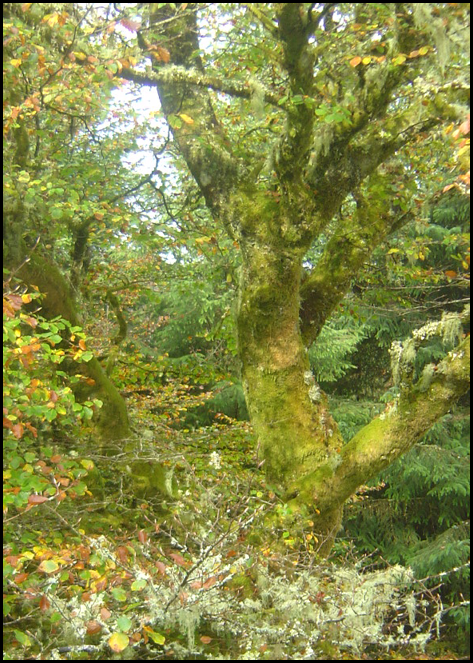
Non-woody biomass

It is formed mostly from high energy crops (sugar cane, maize, beetroot, etc.) and waste including food, industrial and animal. Its importance has rocketed up in the recent years with the possibility to apply such fuels, more specifically the ones from energy crops, as substitutes for fossil fuels for vehicles. Ethanol made from sugar cane, corn or wheat is today’s most widespread biofuel. Its importance growth has been followed by a discussion about the real benefits of such technology. While on one hand the carbon cycle closure and the reduction of dependence on fossil fuels can be considered an advantages, more and more ecologist and humanitarian groups have pointed out the risks which an uncontrolled exploitation of this source might cause. The main arguments involve the fact that land once used for plantation of food would be replaced by energy crops, consequently raising the price of food. Also, although a lot has been said about the importance of reducing CO2 emissions, little has been discussed about other emissions or particulates that might be produced depending on the form at which the crops are cut (in many cases before cutting of sugar cane fields, those fields are set on fire in order to make access easier, kill dangerous animals, such as snakes, etc.). The combustion process will not involve just plants (for which the emitted CO2 will be offset by future generations that will be planted) but also several contaminants present in the field. NOx, SOx and PM10 levels over those areas can be very dangerous. The final problem, especially when the source of fuel is produced in third world countries, is the salary and working conditions. In Brazil, the biggest ethanol producer in the world, the average wage of a person working with sugar cane fields is around $100 [1], working in almost inhuman conditions.
[1] http://www.guardian.co.uk/world/2007/mar/09/brazil.renewableenergy
